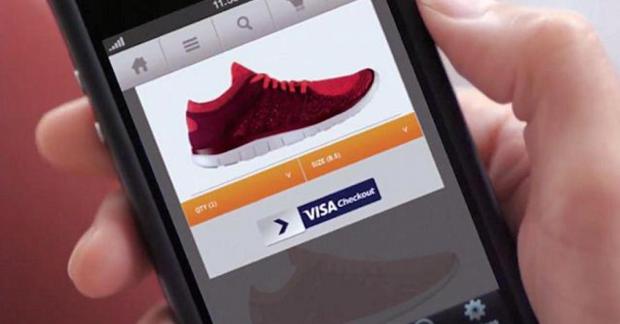Connected Consumers Won’t Trade Security For Efficiency

The more connected devices consumers have, the more concerned they are about the security of their financial information.
That’s according to the new “How We Will Pay” study PYMNTS recently conducted with Visa, which showed that the average consumer owns four connected devices, with 75 percent owning a device other than a smartphone or laptop – and the more they own, the more they shop.
That’s because smart technology device owners recognize that the Internet of Things makes shopping easier. Eighty-three percent of those surveyed said smart technology saves time and hassle at checkout, with the majority of IoT shoppers showing disdain for the inefficient and even “boring” process of shopping at brick-and-mortar stores.
Nearly 80 percent of respondents had made a purchase in a physical store within the last week. But half had also purchased something online in that same time, showing that the way people shop is shifting.
At the same time, 76 percent of connected consumers also said they were concerned about data privacy, and 69 percent worried about order verification and accuracy. Today’s shoppers want the transparency of being able to verify that they’ve been charged the correct amount, and many aren’t willing to trade this security for the convenience of auto-payments.
All of this adds up to one conclusion: Shoppers want “payments nirvana,” a shopping experience void of waiting in checkout lines, but they won’t trust just anybody to give it to them.
Respondents wanted their banks or credit card issuers to enable the IoT seamless payment experience, trusting those institutions over retail channels, social networks and mobile device manufacturers.
Only 26 percent said they would trust Google to enable new IoT payments methods, and Apple and Microsoft fared even worse. Though consumers spend the most time on Facebook, it was the platform they trusted least with their financial transactions, with only 8 percent saying they would use an IoT solution provided by the social media giant.
“The category of payment-enabled devices is still in very early days, yet this research shows just how much consumer interest and understanding is starting to build for what these experiences can offer,” said Jim McCarthy, executive VP, innovation and strategic partnerships, Visa.
“As we work with our banking partners to make it easier to put payment credentials onto devices,” McCarthy said, “a few new consumer-use cases will inevitably break through and start to really change the game.”
